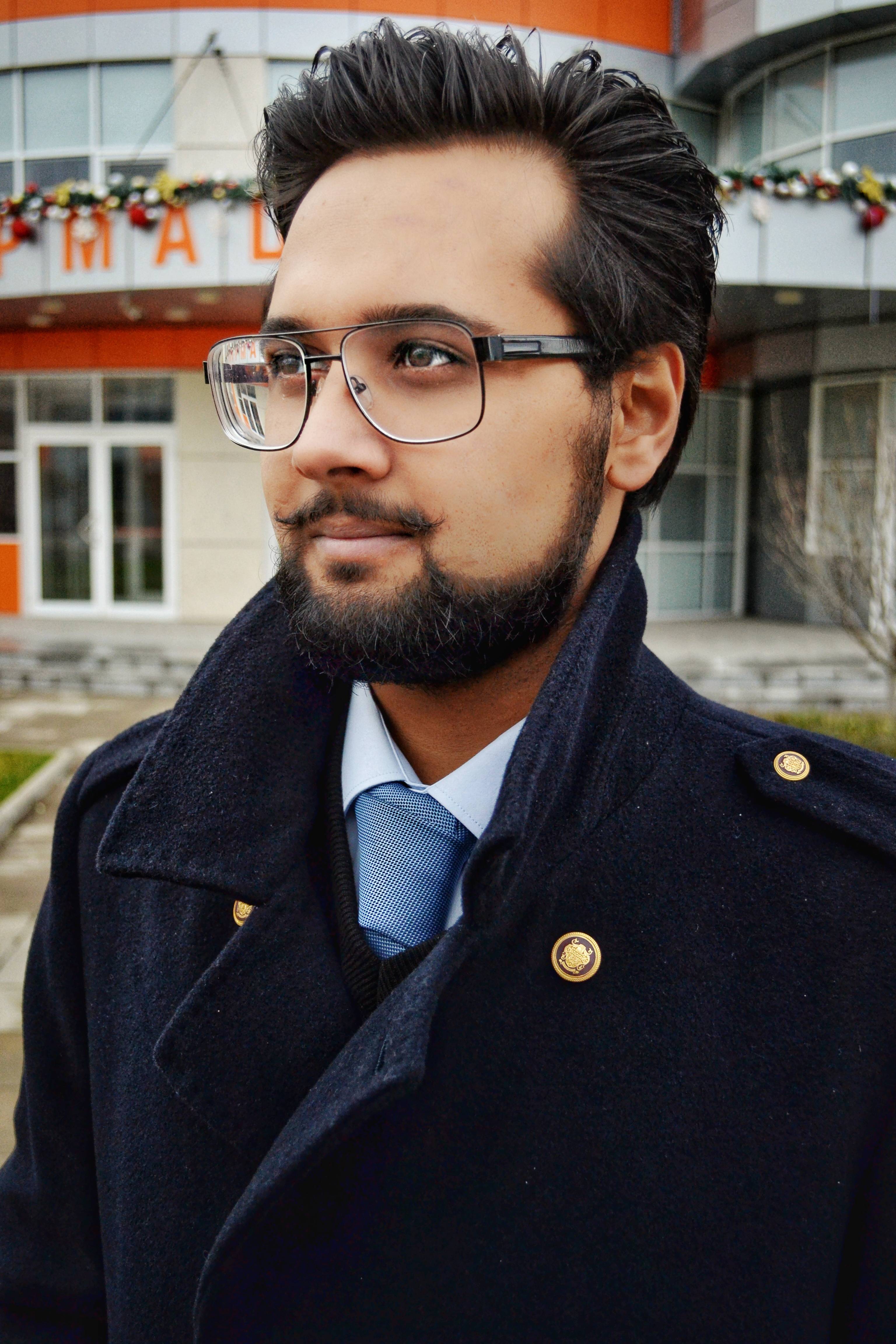
Dr Aparajeya Shanker, MD
General Surgery Resident
Probably in the OR
drshanker@proton.me

Dr Aparajeya Shanker, MD
General Surgery Resident
Probably in the OR
drshanker@proton.me

Set-Back Suture Technique – Summary for Surgery Residents
Application
- Ideal for high-tension areas: back, shoulders, thighs.
- Can be used nearly anywhere, including central face, ears, cheeks, and forehead.
- Suitable for areas prone to wound inversion.
- Easier to place than buried vertical mattress; appropriate for students and residents as a primary deep tension-relieving technique.
Suture Material Choice
- Back: 2-0 absorbable (thicker suture tolerated; rare suture spitting).
- Extremities: 3-0 or 4-0 absorbable.
- Face/low tension areas: 5-0 absorbable.
- Thicker suture acceptable as it is buried deep in dermis.
Technique Steps
1. Reflect wound edge with forceps/hooks for dermal visualization.
2. Insert needle at 90° into dermis, 2–6 mm from wound edge.
3. First bite: follow needle curve through dermis, exiting 1–4 mm from wound edge.
- Avoid epidermis to prevent dimpling.
4. Release first side; reflect opposite edge to visualize dermis underside.
5. Second bite: mirror the first; insert 1–6 mm from wound edge, exit 2–6 mm distal.
- Avoid epidermis.
6. Tie suture using an instrument tie.
---
Images

Tips and Pearls
- Superior eversion and cosmesis compared to buried vertical mattress (based on randomized trial).
- Easier execution: follows needle arc; no need to change planes or perfect exit point.
- Requires broad undermining to allow full loop under dermis.
- Useful for dead space reduction (e.g., cyst/lipoma excision):
- Set first bite further back to reduce central laxity and increase wound ridge.
- Chest keloids: Combination with post-op electron beam irradiation achieved ~98% success.
- Effect attributed to tension reduction and deep suture placement away from wound edge.
Set-Back Suture Technique – Summary for Surgery Residents
Application
- Ideal for high-tension areas: back, shoulders, thighs.
- Can be used nearly anywhere, including central face, ears, cheeks, and forehead.
- Suitable for areas prone to wound inversion.
- Easier to place than buried vertical mattress; appropriate for students and residents as a primary deep tension-relieving technique.
Suture Material Choice
- Back: 2-0 absorbable (thicker suture tolerated; rare suture spitting).
- Extremities: 3-0 or 4-0 absorbable.
- Face/low tension areas: 5-0 absorbable.
- Thicker suture acceptable as it is buried deep in dermis.
Technique Steps
1. Reflect wound edge with forceps/hooks for dermal visualization.
2. Insert needle at 90° into dermis, 2–6 mm from wound edge.
3. First bite: follow needle curve through dermis, exiting 1–4 mm from wound edge.
- Avoid epidermis to prevent dimpling.
4. Release first side; reflect opposite edge to visualize dermis underside.
5. Second bite: mirror the first; insert 1–6 mm from wound edge, exit 2–6 mm distal.
- Avoid epidermis.
6. Tie suture using an instrument tie.
---
Images

Tips and Pearls
- Superior eversion and cosmesis compared to buried vertical mattress (based on randomized trial).
- Easier execution: follows needle arc; no need to change planes or perfect exit point.
- Requires broad undermining to allow full loop under dermis.
- Useful for dead space reduction (e.g., cyst/lipoma excision):
- Set first bite further back to reduce central laxity and increase wound ridge.
- Chest keloids: Combination with post-op electron beam irradiation achieved ~98% success.
- Effect attributed to tension reduction and deep suture placement away from wound edge.
Set-Back Suture Technique – Summary for Surgery Residents
Application
- Ideal for high-tension areas: back, shoulders, thighs.
- Can be used nearly anywhere, including central face, ears, cheeks, and forehead.
- Suitable for areas prone to wound inversion.
- Easier to place than buried vertical mattress; appropriate for students and residents as a primary deep tension-relieving technique.
Suture Material Choice
- Back: 2-0 absorbable (thicker suture tolerated; rare suture spitting).
- Extremities: 3-0 or 4-0 absorbable.
- Face/low tension areas: 5-0 absorbable.
- Thicker suture acceptable as it is buried deep in dermis.
Technique Steps
1. Reflect wound edge with forceps/hooks for dermal visualization.
2. Insert needle at 90° into dermis, 2–6 mm from wound edge.
3. First bite: follow needle curve through dermis, exiting 1–4 mm from wound edge.
- Avoid epidermis to prevent dimpling.
4. Release first side; reflect opposite edge to visualize dermis underside.
5. Second bite: mirror the first; insert 1–6 mm from wound edge, exit 2–6 mm distal.
- Avoid epidermis.
6. Tie suture using an instrument tie.
---
Images

Tips and Pearls
- Superior eversion and cosmesis compared to buried vertical mattress (based on randomized trial).
- Easier execution: follows needle arc; no need to change planes or perfect exit point.
- Requires broad undermining to allow full loop under dermis.
- Useful for dead space reduction (e.g., cyst/lipoma excision):
- Set first bite further back to reduce central laxity and increase wound ridge.
- Chest keloids: Combination with post-op electron beam irradiation achieved ~98% success.
- Effect attributed to tension reduction and deep suture placement away from wound edge.
More in
surgery
Updates directly to your inbox
Regular updates from The Medical Trench, delivered straight to your inbox.
Updates directly to your inbox
Regular updates from The Medical Trench, delivered straight to your inbox.
Updates directly to your inbox
Regular updates from The Medical Trench, delivered straight to your inbox.
